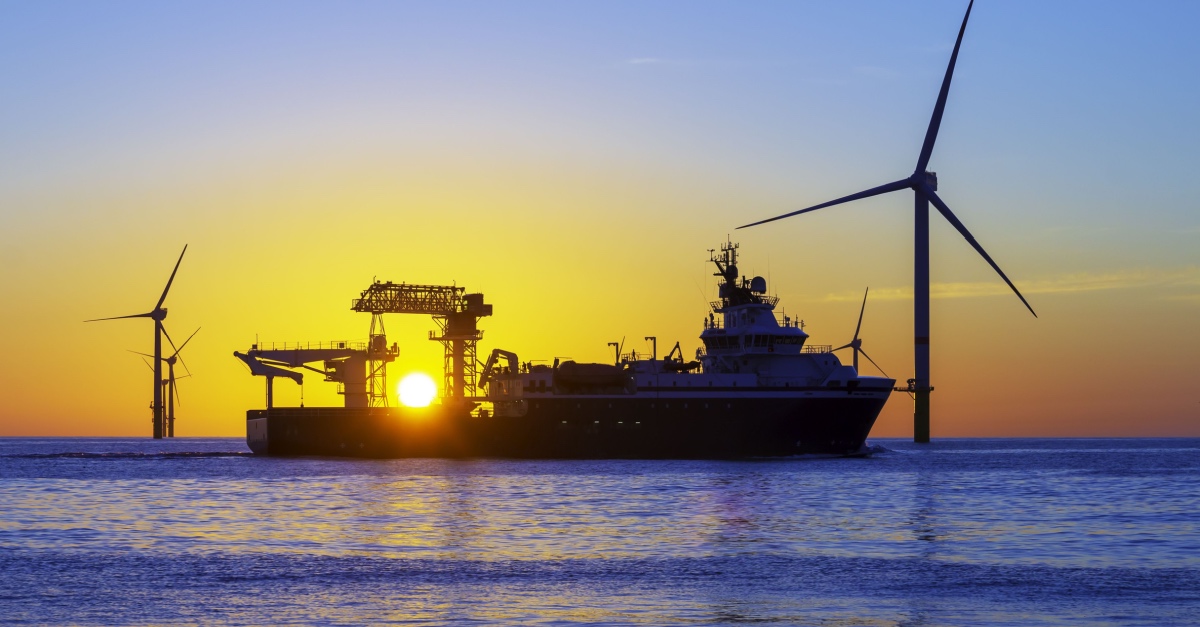The transportation and logistics industry has a huge impact on carbon emissions: The goods we buy and the foods we eat almost all likely involve freight transportation, whether that’s the transport of raw materials to a production plant or the transport of finished goods to a store or even to consumers’ front doors. This underscores the importance of carbon accounting, a method of measuring carbon emissions that is integral to pursuing greener logistics.
Importers and exporters are under tremendous pressure from regulators and consumers alike to combat global warming by reducing carbon emissions associated with freight transportation. Implementing carbon accounting and reporting to track direct and indirect emissions is a great start to taking control of supply chain emissions. Another is joining with industry partners to develop strategies to reduce emissions operations-wide. Our role at Greenabl is to do all of the above: We help companies and encourage partnerships so they can fulfill their responsibilities in stewarding a sustainable future.
Regulators and Consumers Alike Demand Supply Chain Decarbonization
Although companies have started to take charge of curbing emissions from their own operations, regulators are realizing that it might take even more effort by everyone to reduce emissions and stem climate change.
Some regulators think the next step might be examining companies’ supply chain emissions. Indeed, consulting firm McKinsey describes supply chain emissions as “the next frontier of emissions reduction.”
That scrutiny of supply chain emissions has already started to happen. For instance, the European Union requires the maritime sector to be under the EU’s emissions trading system. Stakeholders should expect more regulation from governing bodies worldwide to follow, as logistics emissions from freight and warehousing account for at least 7% of global greenhouse gas emissions, according to McKinsey.
With regulations to curb transportation and logistics emissions on the horizon, companies can do their part now to ensure that they’ll not only meet compliance but do the environment good. However, some businesses might be overwhelmed by where to start. One challenge is that they might have to develop and use actionable carbon accounting data and measurements. Another challenge is that it can be difficult to deploy pragmatic mitigation strategies because of limited visibility into accurate emissions data. There might also be some questions about whether offsets are actually effective and reliable.
Three Strategies to Lower Emissions in Logistics
Despite the challenges that companies might have with visibility into emissions data or carbon offsets, there are a number of strategies businesses can deploy to avoid getting stuck in overwhelm and indecision.
Accurate Carbon Accounting
One actionable item that businesses should embrace is using tools and methodologies such as carbon accounting to measure emissions. Accurately measuring emissions is key to identifying areas of improvement. Having measurement tools in place also helps companies with carbon reporting, which means providing data and narratives to regulators and consumers about how a company is succeeding in reducing emissions.
One example of carbon accounting methodology is the GLEC Framework. GLEC stands for the Global Logistics Emissions Council. This framework, which can be implemented by shippers, carriers, and logistics providers, seeks to “harmonize the calculation and reporting of logistics GHG emissions across multi-modal supply chains,” according to the Smart Freight Centre, an international nonprofit seeking to cut GHG emissions from the freight transportation sector.
Strategic Mitigation
Businesses can also consider adopting strategic approaches to reduce emissions in logistics operations. Potential approaches run the gamut from deploying energy-efficient technologies, using alternative fuels, and conducting process optimization. While companies can and should consider adopting some of these approaches internally, they can have discussions with their freight transportation providers about whether they can use some of these strategies as well. After all, it takes all stakeholders along the supply chain to reduce emissions.
Effective Carbon Credit Procurement
Carbon credits are another tool that companies can seek to include in their toolkit to address GHG emissions. According to the Massachusetts Institute of Technology’s Climate Portal, carbon offsetting occurs when an organization trades or buys “rights” or certificates linked to activities that lower the amount of carbon dioxide in the atmosphere. Some companies achieve net-zero emissions by purchasing carbon credits for the emissions they cannot reduce.
Make the Leap and Join Us
Companies are well aware of the growing regulatory pressures and consumer demands for greener practices. To tackle these pressures head-on, businesses should consider adopting carbon accounting and the other strategies mentioned above for lowering emissions in logistics: accurate supply chain emissions measurement, strategic mitigation through innovative technologies, and effective carbon credit purchasing. We hope that by giving you some actionable insights, you will be emboldened to enhance your company’s sustainability efforts and contribute to a greener future while navigating the challenges of decarbonization.
We also want to let you know that you don’t have to go it alone. We’re here to help you get started on your journey. Contact us to learn more about how you can join us.



